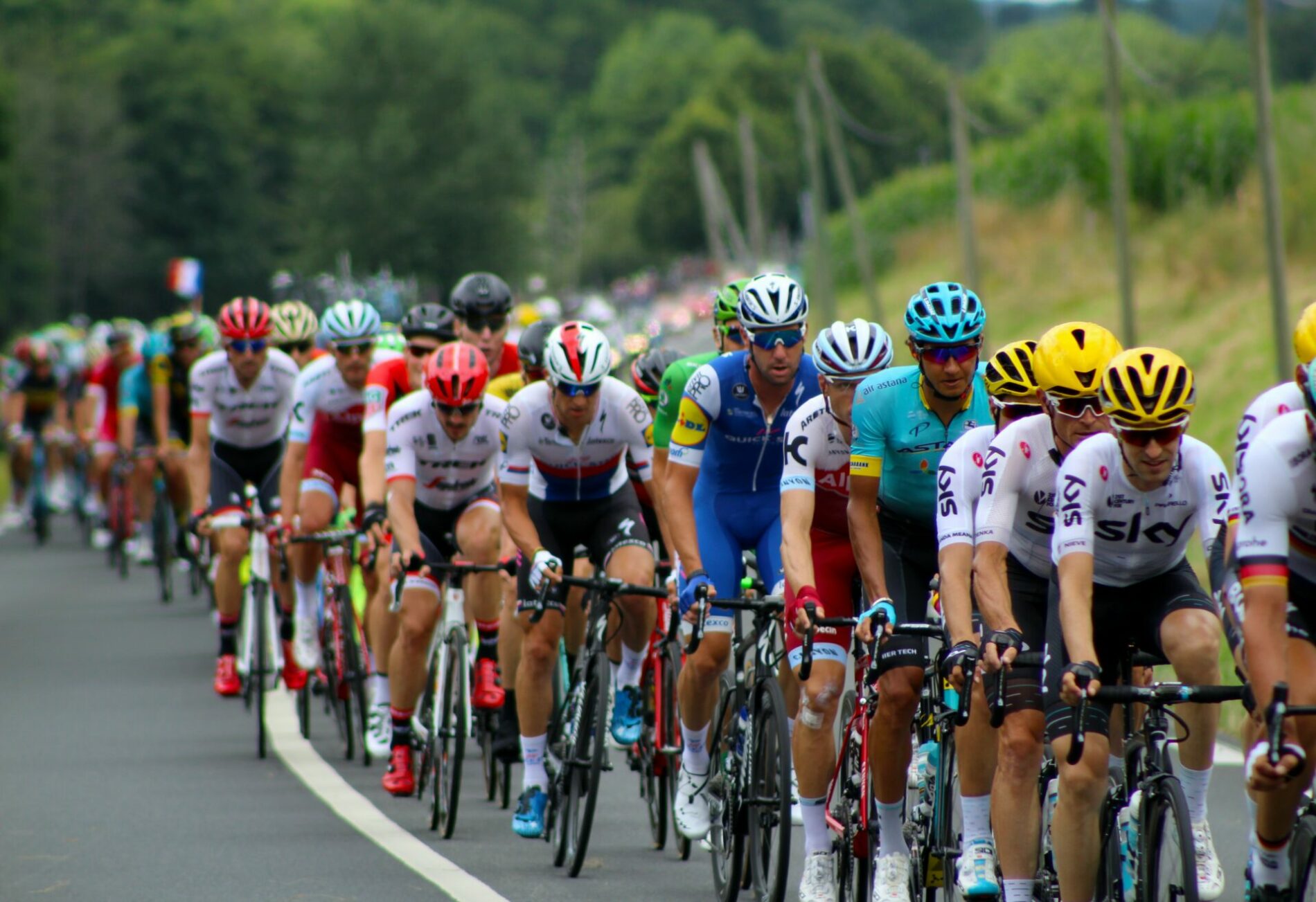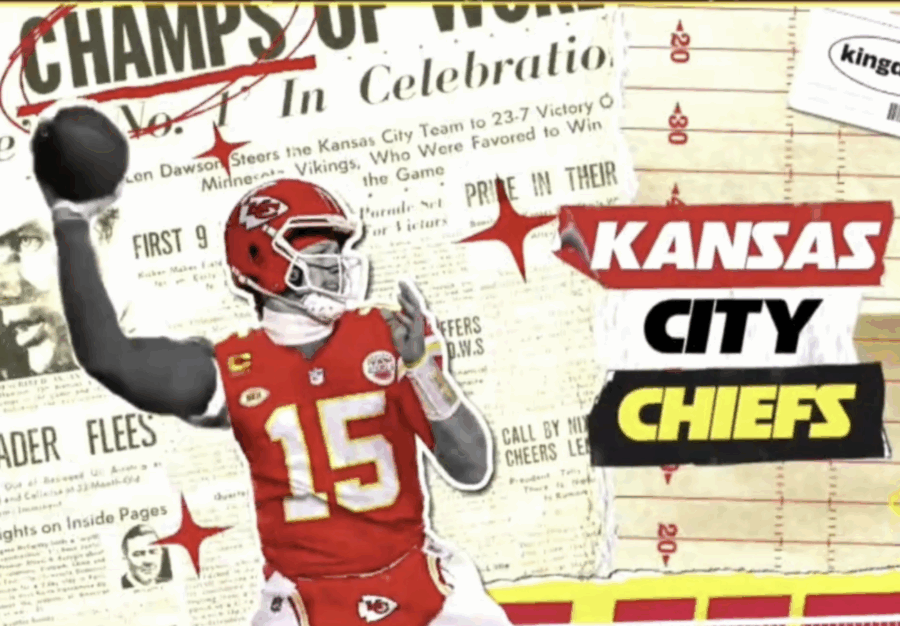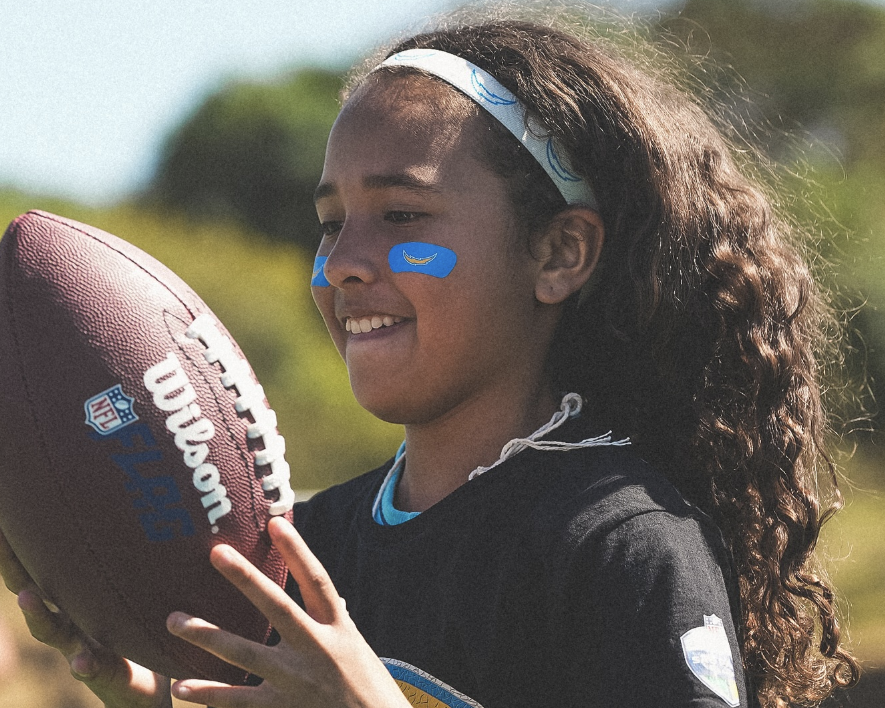The Tour de France keeps Climbing

Much like tennis and golf, for cycling, the focus on the sport becomes hyperbolic around its biggest events. And no event is bigger than the Tour de France. While cycling’s image has struggled in recent decades owing to doping scandals, there’s no doubting the scale and romance of the Tour, which looks increasingly likely this year to be defined by a battle between two young stars, Jonas Vingegaard and Tadej Pogacar.
It’s also something which continues to gain in popularity, particularly in the United States. Like many so-called “niche” sports, it has been the subject of a documentary on Netflix, something which has done much to ratchet up anticipation of the race. Released early last month, Tour de France: Unchained has followed in the footsteps of other documentaries in bringing a sport that’s not part of the US’ so-called big four (basketball, American football, baseball and ice hockey.
Moving forward with tech and content
But it’s not only the docuseries that are helping the race keep abreast of other sports — it’s also apparent in how it’s broadcast, the technology used therein, and its footprint on social media. For the first, the continued rise of streaming in the United States has been at the forefront of this. The time difference between when the race is run in France and most of the United States makes it challenging to watch live. This is an obstacle for other events, of course, including the Australian Open, which is approximately twelve hours ahead of most of North America.
But now, with streaming being an option, rather than putting each stage on live television, only for it to receive a minuscule audience at 6 AM, NBC can use its Peacock service to broadcast the race live, while using properties with more visibility — think the USA Network — to air condensed highlights at more palatable times. Yes, the broadcaster runs the risk of “spoilers” but that’s also the nature of any sport in the digital age. To help compensate for this, the broadcaster will offer an enhanced reality broadcast, including three-dimensional maps of the course, live feeds of teams’ internal communications, and more.
The connection between fans and riders is part of what makes the Tour de France so unique.#TDF2023 @sporino pic.twitter.com/d3lT0rOS69
— NBC Sports Cycling (@NBCSCycling) July 4, 2023
Away from the broadcast itself, the Tour is also making strides in the content department. Like many other sports, the Tour has partnered with TikTok to deliver exclusive live and pre-recorded content over the course of the event. To do this, the Tour and TikTok will engage local creators along the tour’s route, creating an intimate and hyper-localised experience with a focus on a younger audience, one not necessarily associated with cycling.
All in all, the Tour has shown in impressive fashion that it believes in its product, and its ability to evolve in a rapidly changing world of sports content consumption. By harnessing new technology, platforms, and approaches to content delivery, it will retain its status as an institution of sport while evolving further into the 21st century.
Header: Rob Wingate
Other News

News Tank interview: “Samba will serve as a bridge between European clients and the US market”

Samba Digital teams up with the Houston Texans to elevate Somos Texans across the U.S. and Mexico

The Kansas City Chiefs win Emmy Award for “Viva Chiefs’ Kingdom”

Samba Digital announces a new collaboration with FIBA, BCL and BCL Americas

FINAL RESULTS AS OF JUNE 30, 2025 (6 MONTHS)

